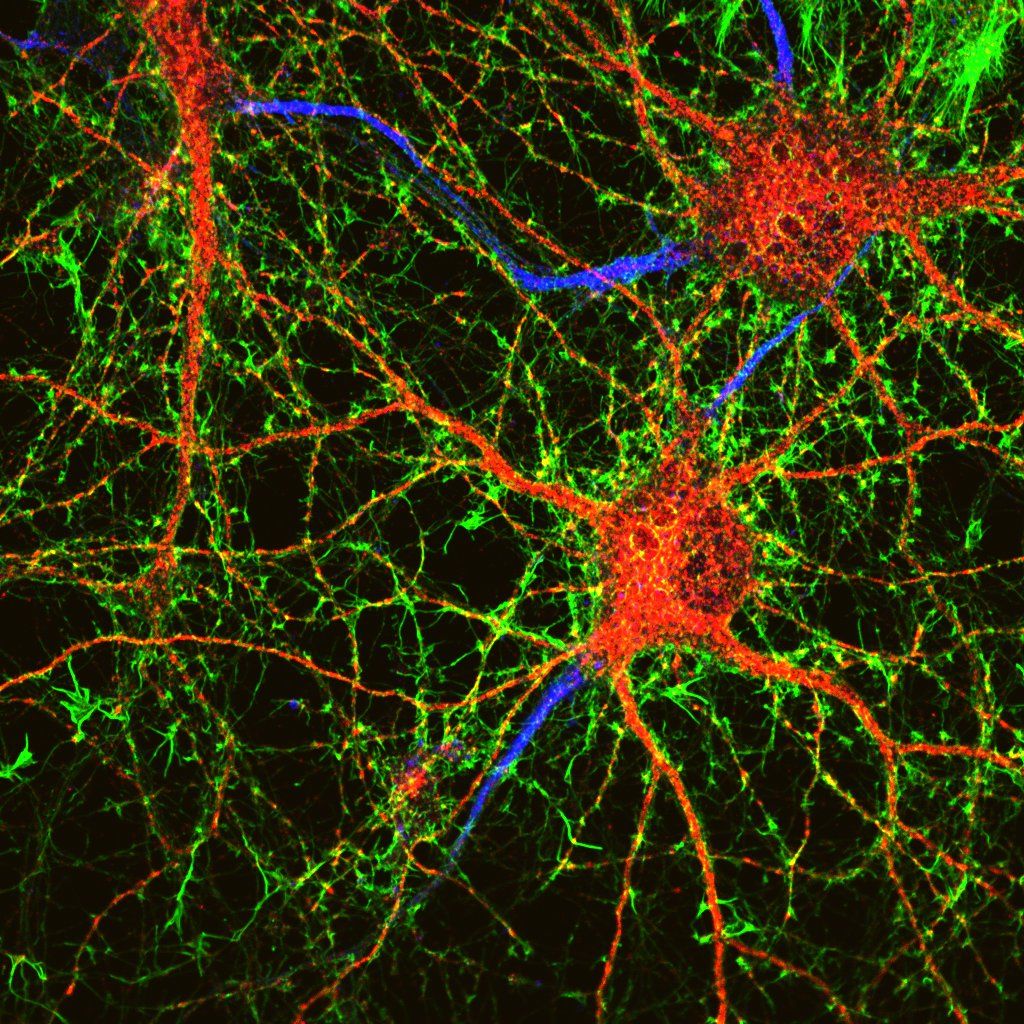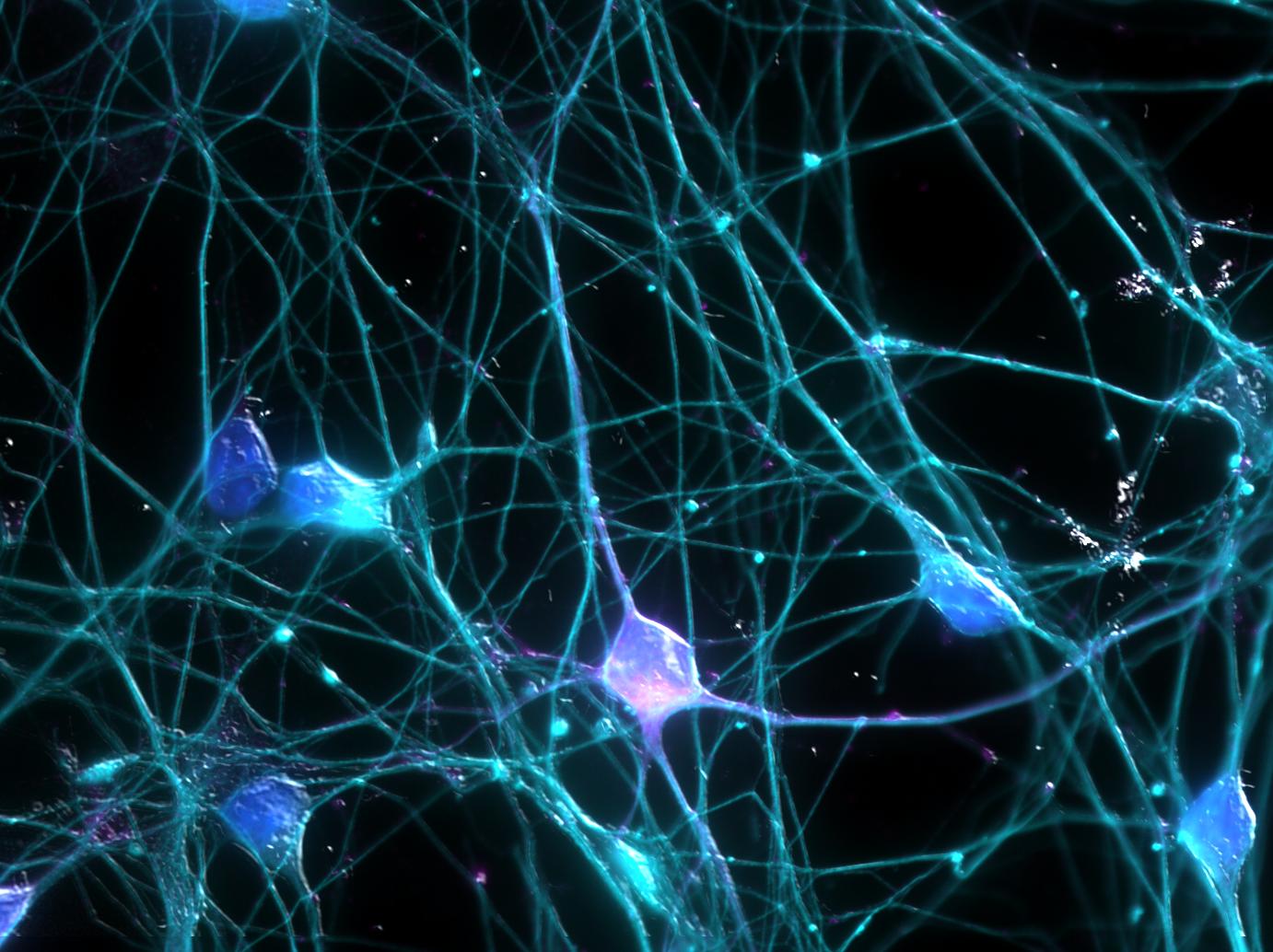By Genevieve Clapp, Second year, Medicine
An advancement in neuron replacement with silicon chips has arisen from international collaboration between universities from the UK, Switzerland and New Zealand.
Imagine you’re at the bottom of Park Street, staring up at the challenge that lies ahead. As you begin the dreaded ascent you start to feel tired and a bit breathless - I would imagine that this is the norm for most of us who aren’t athletes.
However, what if, as you kept going, you found that your heart was not pumping harder to make up for your lack of oxygen, so you became even more breathless. This is what it would feel like to have heart failure. Even with a pacemaker, the communication between your brainstem and heart is not good enough for your body to adapt to changing levels of activity.
All of this could be about to change though, as a research team led by Professor Alain Nogaret at the University of Bath, alongside researchers from Bristol, Zurich and Auckland, have created artificial neurons on silicon chips that are the first of their kind. This amazing breakthrough could allow us to rewire the body’s circuitry to help treat heart failure and diseases causing neuronal degeneration, such as Alzheimer’s.
| New synthetic vaccines developed using cloud computing
The scientific community has been trying to understand how neurons respond to electrical stimuli for decades, but it has been a difficult process because the relationship between stimulus and response is described as ‘non-linear’. This means that if I were to double the electrical stimulus of a nerve, I might not get a response that is doubled – the response could be smaller or greater.
Your nerves can transfer electrical signals because of the movement of ions through small channels in the neurons, or nerve cells. When ions move from outside the neuron to inside, they change the electrical charge of that portion of the neuron and cause the next channel to open, creating a 'domino effect'.
It would be similar to if you ran down your halls corridor, knocking on people’s doors and shouting ‘fire’ (bear with me on this). Your potentially terrified neighbors will open their doors and move out into the corridor, then probably join in with the screaming. Slowly the noise is going to get louder and the message will be passed along the whole corridor. These silicon chips that are smaller than a twenty pence coin mimic this action in the ion channels.

The most exciting part though, is that the chips can be programmed to respond differently in range of situations, which no one has been able to do before. For example, the neurones in your hippocampus (a part of the brain responsible for forming memories) and those in the respiratory system work very differently, but the researchers on the project have been able to quantify those differences and program the chips accordingly.
Another major benefit of this new product is that it only requires 140 nanowatts of power, which is a minute amount of energy making them perfect for medical implants. Up until now projects have been using microprocessors that need one billion times that amount of power.
| Does asthma control who can participate in sports?
In Alzheimer’s disease there is a loss of neurones from the cerebral cortex, which is the outermost part of the brain responsible for higher functions such as speech, memory, vision and emotions. With further development, these silicon chips could be implanted and replace some of lost neurons, reversing the effects of Alzheimer’s.
Though this would be a fantastic accomplishment for modern medicine, there is still a significant way to go, as currently these groundbreaking silicon chips have only been trialed in rats. Hopefully this breakthrough will provide the fuel to maintain the project’s momentum, so that these devices could be used by the next generation of doctors.
Featured image: UCI Research
What devices do you think could be the future of medicine? Let us know!









